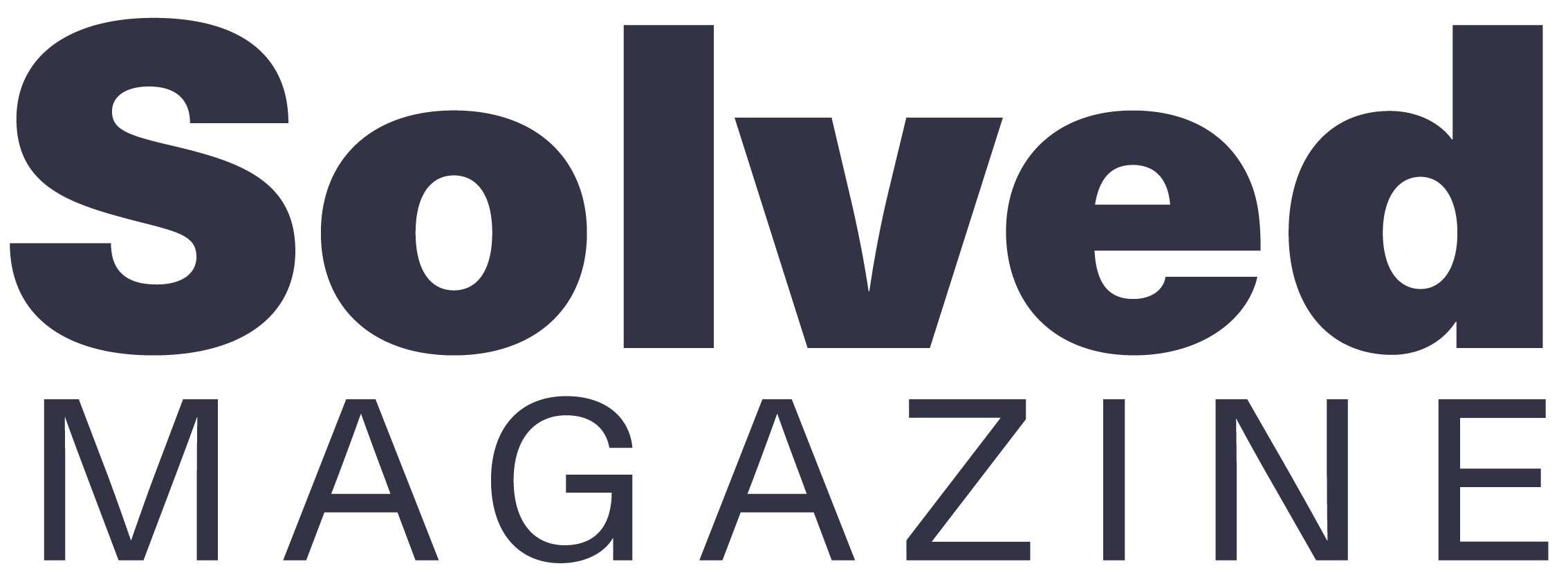In today’s day and age we all are constantly connected. As technology continues to infiltrate every aspect of our lives, it is increasingly challenging to separate our personal lives with our work life.
Personal life
For working parents, it seems like parent teacher conferences are at the most inconvenient times. So are school concerts, volunteering opportunities and time when your kids fall ill. As far as I can see, almost all parents learn some magic, struggle to not miss anything at work while managing to attend all school events. Most of us are then forced to make up for lost work later in the evening or over the weekend. In a way, that is exactly the act of balancing out the most important aspects of your personal life and work.
This balance means a lot of different things to different people. One thing is for sure though, that this does not entail having a balanced day. If we have a big delivery coming up, we take extra hours from our personal lives and put it into work to bolster our chances to succeed. Phrases and discussions around work-life balance have evolved into work-life integration and the advancement in technology, mobile phones and the internet of things has morphed our lives in the most intimate ways enabling us like never before. Being at work no more means tied to a desk. You could be attending to an important call while you drive to an important personal event and get your presentation ready while in-flight.
What is changing?
In a 1995 episode of Seinfeld, George Costanza shared his fears of independent George’s personal world colliding with George’s world at work. Now, over 22 years later, the lines that used to exist between work and play have not only blurred, but have almost entirely disappeared. You can’t be one person in one environment and then switch to a completely different person as your situation changes. Today more and more workplaces are integrating colorful, happy work and play concepts to encourage physical agility, more social interaction, and enhance collaboration. Try to be your real authentic self while being 100% yourself at work and 100% yourself back home.
When you have a conflict, choose a commitment and then do not allow yourself to go back and forth on that decision. Obviously, if an emergency arises, you tend to that whether it is a work emergency or personal. It is extremely important to be able to ruthlessly prioritize. If you are in the most important baseball game of your kid’s life, be fully present with your choice. Don’t think about what you should have or could have done. You made a choice, now give it all that you have. Merge your personal and work calendars so you have one and only one big picture of priorities. There is only one of you. With that being said, you can only be in one place at a time so choose wisely.
Time vs Productiveness
A myth that bothers me and negatively influences our understanding of work-life balance is that hours worked is indicative of values created. In the Software Engineering field, it amazes me to constantly come across folks who sincerely think that just because they were at work for a long period they were being productive workers. The notion that working an 11- 12-hour day, every day, results in boosted output and efficiency is obsolete in the software development field.
The future of job
As automation and artificial intelligence take over, an increasing number of jobs are evaporating into thin air. Anything repetitive, anything predictable enough is fair game for automation at this point. We already have automation available to generate simple code and generate tests for submitted pieces of code. There are also templates to prevent repetitive work, run static and dynamic code analysis to find the root causes of errors, and code to automatically generate documentation. Engineers are not here to compete on the number of hours they can put in to show value vs a machine. They are hired for their brains, for thinking creatively and solving challenging problems.
Their ability to analyze and evaluate without needing super-large datasets to train themselves is crucial in this field.
The wrong trend of working long hours
Nowadays, people take pride in boasting about the hours they spent working on a project. Sure, there will be some days where an engineer needs to really put in extra hours to finish a critical project by a specific deadline. But, if an engineer is working excessive hours day in and day out, he/she is setting the wrong expectations about the amount of work that can be done by one individual.
They need to go back to the drawing board to estimate the scope of work more accurately, build buffers for unexpected delays, setbacks due to bugs, unforeseen tool breakdown, and set realistic estimations. Accurate scoping and evaluation of time needed to completion increases an engineer’s ability to deliver in a realistic manner with quality with the prevention of a possible burnout. Most people would quickly state that they just have too many projects or things assigned with overlapping delivery timelines. When in doubt, refer to someone in authority to enable which projects are of highest priority. That way if you have three projects with parallel issues, you know where to start and which project is next to follow.
If you have the required information and the authority to make the call, make your judgement call based on a couple key factors: the impact of delay, the severity of the issue, the sense of urgency, and the clarity of the next steps. Experience can be a huge enabler in determining what can wait till tomorrow and what is a low hanging fruit.
Most people who think hours worked = productivity are quickly catapulted back to reality when they do a self conducted time audit on the actual daily output. There is an estimated 80% of emails which are a complete waste of time. Look for inefficiencies in the infrastructure. Look for repetitive tasks, their respective frequency and automate them. Reduce the feedback loop time. Two very imp metrics to build faster feedback loops and have faster iteration is:
- To reduce the amount of work waiting in queue. A great example is the immediate opening of a new counter as the grocery store checkout line grows longer. Allowing real time accurate metrics of live load on yourself as an engineer is an effective way of enabling management to help with better work-life balance.
- Implement a buffer. Reduce your busy time or utilization to 80% to dramatically improve your lead time, quality, efficiency and productivity.
You may find meetings more effectively run just because an agenda was requested before the meeting. For more effective time management, it is also better to have shorter meetings that way you keep everyone’s attention that is in attendance. Some people are to-do list kind of people while others work better with switching gears between different tasks. Whether it is software applications like Trello, Evernote or an iwatch, embrace the flexibility that new technologies bring to help make our lives easier and tasks better managed.
Good tips
All said and done, if you are overworked and stressed out, follow Psychologist Dr. Jacinta Jiménez’s advocated process to identify and prevent burnouts from occurring. First, recognize the symptoms (she points to cynicism, inefficacy and exhaustion as signs) and then practice “effective energy management” by auditing your energy for a week. After you want to write down how every activity makes you feel, see what aligns with your passion and leaves you satisfied rather than drained. Get creative in how to get rid of ungratifying activities. Reach out to management to work on reducing this ungratifying activity list.
The art of saying “no” entails many things such as:
- Understanding what’s being asked and knowing what your best alternative to saying no looks like. Saying “no” to every opportunity is really saying yes to something else; something that you’d prefer to do or something more important to you in the long run. Figure out reasonable justification to make your case stronger.
- Taking the time to consider all of your commitments and whether the item in question is a realistic addition to your schedule. In turn, sleep on it!
- Pre-empting. It’s often much easier to pre-empt requests than to say “no” to them after the request has been made.
Ruthless Prioritization
The hardest thing to do is to learn to walk away. Determine the highest priority item and put your effort solely on it. Once this is done, go to the next highest item. The last item will not be done unless someone changes the priority or severity on it.
Conclusion
A better balance basically means a to-do list that has been ruthlessly deprioritized not only on the work front but also on a personal front. This way we are really just working on fewer things and creating time for what matters most.
Every project or task we do, whether at work or in our personal lives, has an opportunity cost that results in consequences. Opportunity cost is the price of not choosing the next best alternative for our time and money. The sooner we make peace with this basic fact, the better we’ll be at prioritizing. This work in making us have more meaning and happiness while feeling a sense of achievement.




